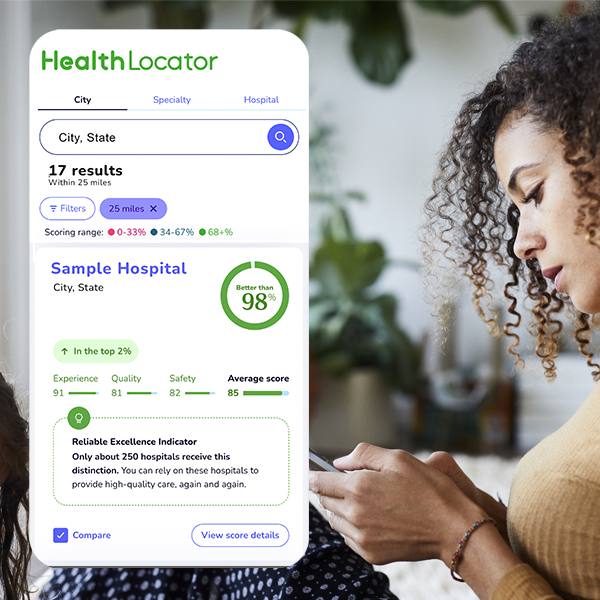-
Common Suicide Myths in Light of World Suicide Prevention Day
Talking to someone about suicide will increase the chances that they will act on it — true or false? False. The truth: When someone is in crisis or depressed, asking if he or she is thinking about suicide can help.
Giving a person an opportunity to open up and share their troubles can help alleviate their pain and open a path to solutions. This is just one of many suicide prevention myths to debunk as we approach World Suicide Prevention Day on Sept. 10.
Read entire news release.
Journalists: To interview Mayo Clinic or American Foundation for Suicide Prevention experts about suicide prevention, contact Nick Hanson at newsbureau@mayo.edu or 507-284-5005.
More myths:
- Myth: Suicide can’t be prevented. Fact: Suicide is preventable. The majority of people contemplating suicide don’t really want to die. They are seeking an end to intense mental and/or physical pain. Most have a treatable mental illness. Interventions can save lives.
- Myth: Teenagers and college students are the most at risk for suicide. Fact: The suicide rate for this age group is below the national average. Suicide risk increases with age. Currently, the age group with the highest suicide rate in the U.S. is men and women between the ages of 45-64. Though particular groups may be at higher risk, suicide is a problem among all ages and groups.
- Myth: Barriers on bridges, safe firearm storage and other actions to reduce access to lethal methods of suicide don’t work. Fact: Limiting access to lethal methods of suicide is one of the best strategies for suicide prevention. Many suicides can be impulsive and sparked by an immediate crisis. Separating someone in crisis from a lethal method can give them something they desperately need — time.







